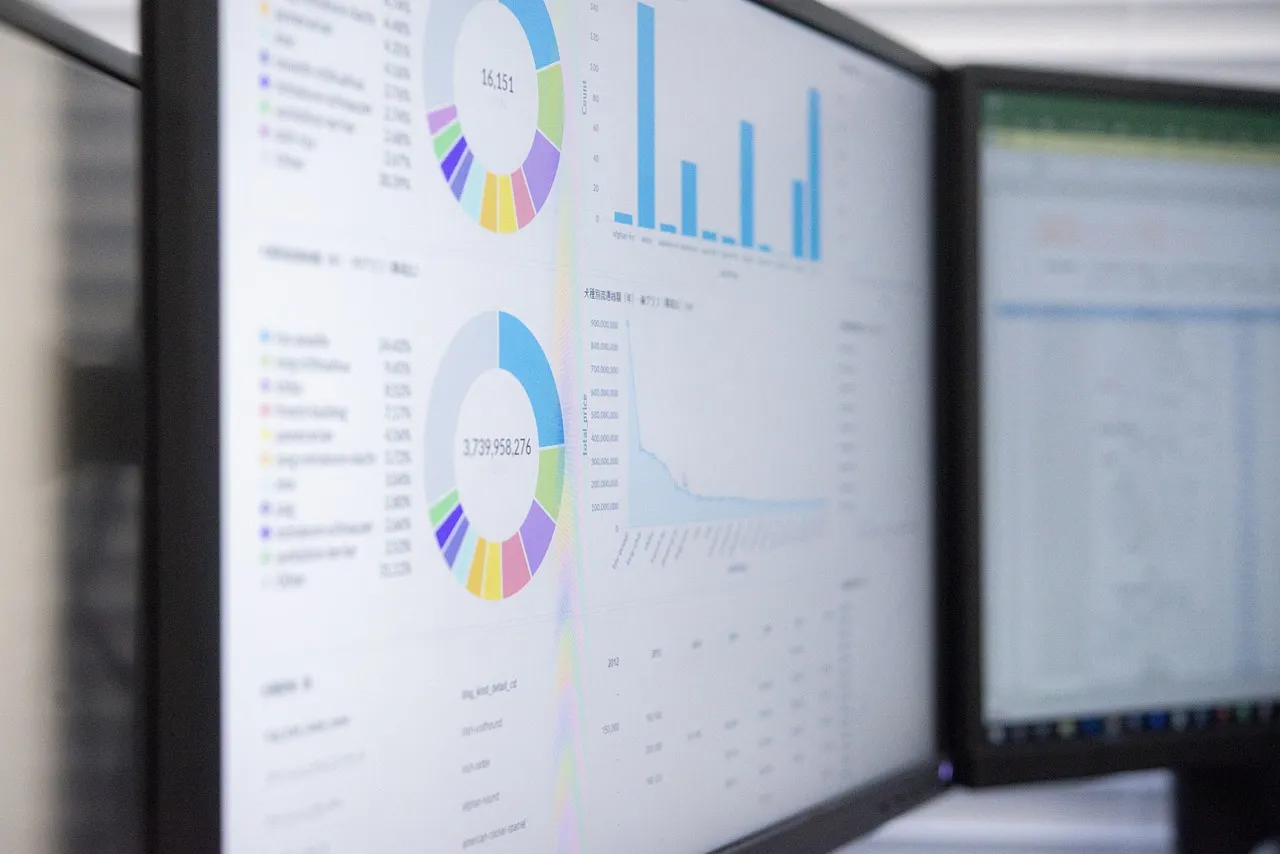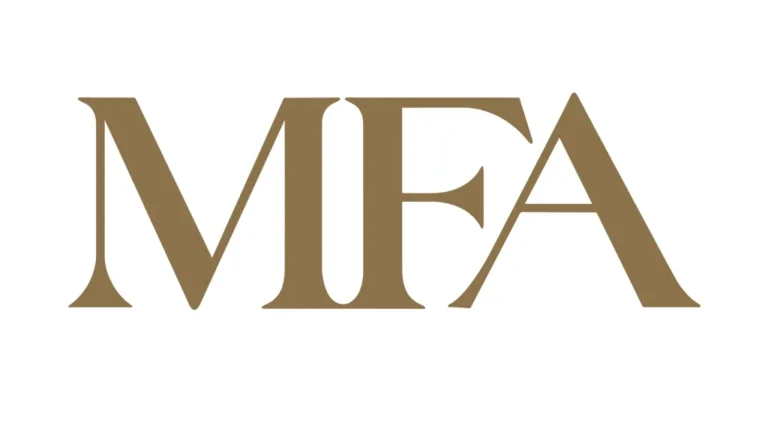
Banknotes Market Report 2025: Global Growth to $9.6B by 2030
The “Banknotes – Global Strategic Business Report” is a newly added offering from ResearchAndMarkets.com, providing an in-depth analysis of the global banknotes market. As of 2024, the market is valued at approximately $8.1 billion and is projected to reach $9.6 billion by 2030, growing at a compound annual growth rate (CAGR) of 2.7%. This extensive report highlights key trends, market drivers, and forecasts that can guide businesses in making informed decisions.
The Evolution and Importance of Banknotes
Banknotes have played a crucial role in the economic framework of societies worldwide. Originally derived from promissory notes issued by banks, modern banknotes have undergone significant transformations in terms of design, security features, and material composition. While traditional were primarily made of cotton or linen fiber paper, many countries are now adopting polymer-based to enhance durability and longevity.
Security Features and Counterfeit Prevention
One of the most critical aspects of banknotes is their security. As counterfeiting techniques evolve, central banks and security printing companies continuously innovate to ensure the authenticity of physical currency. Modern integrate an array of security features such as:
- Watermarks: Embedded images visible when held against the light.
- Security Threads: Thin strips embedded within the banknote to prevent forgery.
- Microprinting: Tiny text that is difficult to reproduce accurately with standard printing.
- Holograms: Three-dimensional images that shift in appearance based on viewing angles.
- Color-shifting Inks: Inks that change color depending on the angle of light.
- Transparent Windows and Tactile Features: Found in polymer banknotes, these elements enhance both security and usability.
The integration of such sophisticated technologies ensures that counterfeiters face significant challenges in replicating legitimateMany governments are now focusing on advanced security printing techniques, including 3D security ribbons and nano-optical security features, to enhance protection further.
Market Growth and Key Drivers
The market is influenced by multiple factors, including economic growth, technological advancements, and evolving consumer preferences. Despite the increasing shift toward digital transactions, physical currency remains an essential component of financial ecosystems, especially in regions with limited digital banking infrastructure. Some of the key drivers for market growth include:
- Economic Expansion and Population Growth: As economies expand and populations increase, the demand for physical cash also rises, particularly in developing regions.
- Modernization of Currency: Countries are continually upgrading their banknotes to enhance durability, security, and cost-effectiveness.
- Introduction of New Denominations and Commemorative Issues: Many governments issue new banknote designs to commemorate significant national events or milestones.
- Concerns Over Digital Fraud: While digital transactions are growing, concerns about cybersecurity and fraud encourage continued reliance on physical currency.
- Sustainability and Environmental Considerations: The shift towards polymer-based banknotes not only improves durability but also reduces environmental impact compared to traditional paper notes.
Regional Market Analysis

The banknotes market is analyzed across various geographic regions, each displaying unique growth patterns and market dynamics.
- United States: The U.S. banknote market is expected to reach $2.2 billion in 2024, with steady growth projected over the coming years.
- China: China’s market is anticipated to grow at a CAGR of 5.4%, reaching $1.9 billion by 2030. The country’s rapid economic expansion and cash-centric transactions contribute significantly to this growth.
- Europe: Countries such as Germany, France, and the U.K. continue to modernize their currencies, focusing on advanced security features and sustainability.
- Asia-Pacific: Emerging economies in Asia-Pacific, including India and Indonesia, continue to rely heavily on cash, driving strong demand for banknotes.
- Latin America, Middle East, and Africa: These regions show steady growth due to economic development and increasing cash transactions in underbanked communities.
Segmentation and Market Forecasts
The banknotes market is categorized based on type and technology, with different segments exhibiting varying growth rates:
By Type:
- State-Owned Banknotes: Expected to reach $7.5 billion by 2030 with a CAGR of 2.6%.
- Commercial Banknotes: Set to grow at a higher rate of 3.1% CAGR, indicating increasing demand for non-government-issued currency solutions.
By Technology:
- Intaglio Printing: A widely used method known for its fine detailing and durability.
- Offset Printing: Common for producing high-volume, high-quality banknotes.
- Letterpress Printing: Used for certain security features and numbering systems.
Key Industry Players
The banknotes industry is composed of several major players specializing in banknote production and security features. Some of the leading companies featured in the report include:
- Banque de France
- Bundesdruckerei GmbH
- Canadian Bank Note Company, Limited
- CCL Secure Pty Ltd
- Crane & Co., Inc. (Crane Currency)
- De La Rue plc
- Fabrica Nacional de Moneda y Timbre – Real Casa de la Moneda (FNMT-RCM)
- Giesecke+Devrient GmbH
- Hong Kong Note Printing Limited
- Joint Stock Company Goznak
- National Printing Bureau
- Note Printing Australia Limited
- Orell Fussli AG
- Security Printing and Minting Corporation of India Limited (SPMCIL)
- The Security Printing Corp. Bangladesh Ltd.
These companies play a crucial role in shaping the future of banknotes by implementing advanced printing techniques and security features.
Future Trends and Innovations
Looking ahead, the banknotes industry is expected to witness continued advancements, including:
- Smart Banknotes: Integration of digital features such as embedded chips for tracking and verification.
- Biodegradable Banknotes: Development of eco-friendly materials to minimize environmental impact.
- Personalized and Regionalized Currency Designs: Enhanced customization options for specific cultural and national preferences.





